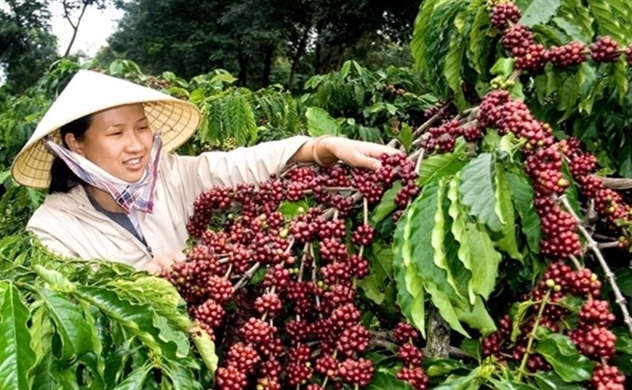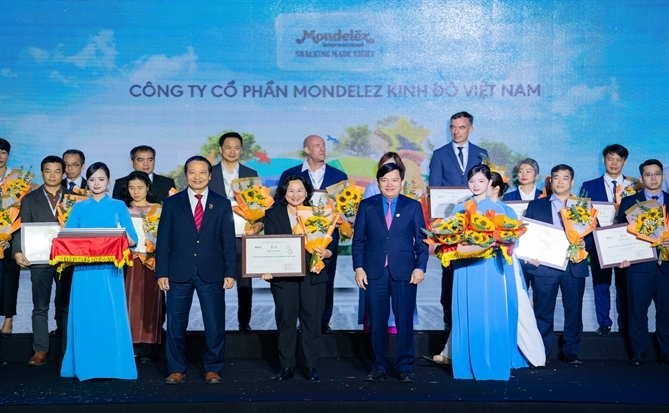Vietnam’s coffee exports expected to reach $6 billion in 2030

A coffee plantation in Vietnam, the largest producer of robust beans in the world: Japanese imports of robusta, mostly used in instant coffee products, are rising. Photo: danviet.vn
In order to realize the goal, the domestic coffee industry needs to increase the proportion of processed coffee products from less than 10 percent at present to at least 25 percent.
However, increasing the proportion of processed coffee products is a big challenge for the industry due to the level of technology, complex factory operation and awareness of farmers.
At present, Vietnam has 160 coffee roasting facilities, 11 coffee blending facilities and eight instant-coffee processing facilities. The number of instant-coffee processing facilities is small and most of them are operating below their designed capacity.
On the other hand, Vietnam's processed coffee brands still have no place in the world market, and branding takes a lot of money and effort.
To gain the target of $6 billion, Vietnam’s coffee industry needed to strengthen connection between production and trade, expand export markets and develop products associated with brand building, towards building a sustainable coffee value chain.
The global coffee price in 2022 is forecast to remain high. The COVID-19 pandemic has limited supply from major coffee producing countries such as Colombia and some other South American countries, according to the association. Congestion at international ports is also predicted to be prolonged.
Currently, some roasters plan to mix Arabica and Robusta coffee to lower the selling price due to the lack of Arabica coffee supply.
In the long term, this can change consumer tastes and make customers more accustomed to drinking Robusta coffee, and help Vietnam increase Robusta coffee exports.
Meanwhile, European, American and Asian consumers will also gradually know and like Vietnamese coffee beans.
Experts said that if local enterprises have strategies to enter strict export markets such as the EU, the US and Japan, they will be promising markets for Vietnamese coffee exports.
The coffee industry's strategy in the future is to develop processed coffee products, such as roasted coffee and instant coffee, rather than focusing on the export quantity of green coffee as at present.
According to the experts, despite many challenges, developing the coffee processing industry will be a key solution not only to increase export value but also to help the coffee industry have sustainable development.
Last year, Vietnam's coffee exports reached 1.52 million tonnes, worth of about $3 billion, down 2.7 per cent in volume, but up 9.4 percent in value year on year. Last year, Vietnam mainly exported Robusta coffee.
Coffee exports in December 2021 reached 130,000 tonnes, earning $305 million, up 21 percent in volume and 26.2 percent in value compared to November 2021.
The average export price of Vietnam's coffee in December 2021 reached $2,344 per tonne, the highest level since June 2017. The price increased by 4.3 percent month-month and 28.7 percent year-on-year.
The average export price for the whole of 2021 was estimated at $1,969 per ton, up 12.4 percent compared to 2020.
However, to increase the export turnover, the core factor is still the development of processed coffee products.
In 2021, Vietnam's deep-processed coffee exports were only 121,000 tonnes, earning $433 million. Thus, the volume only accounted for 8 per cent, while the export turnover of processed coffee products accounted for 15 percent of the total turnover.
Source: Vietnam News Agency

 TIẾNG VIỆT
TIẾNG VIỆT 

_131447820.png)














